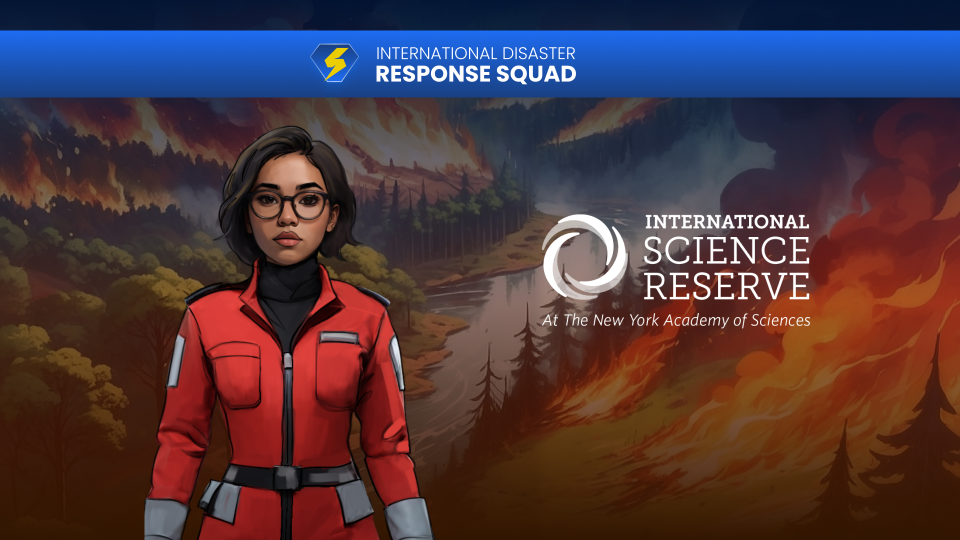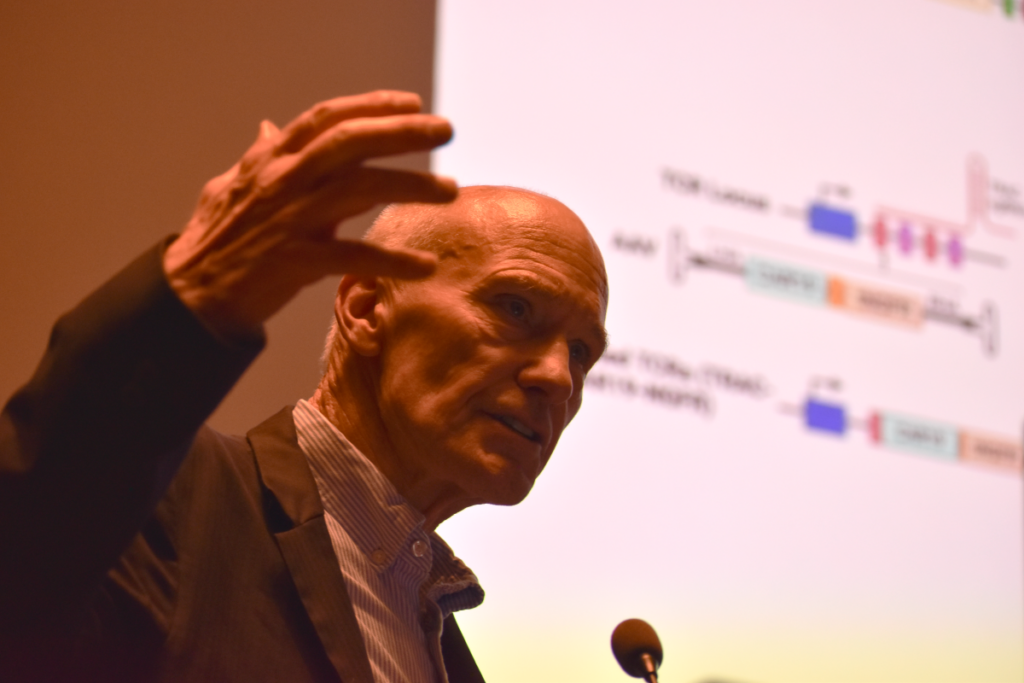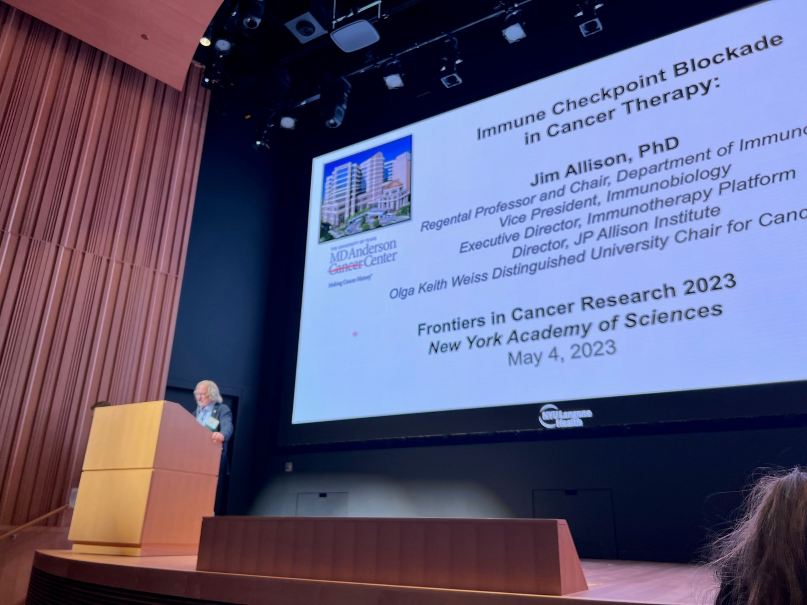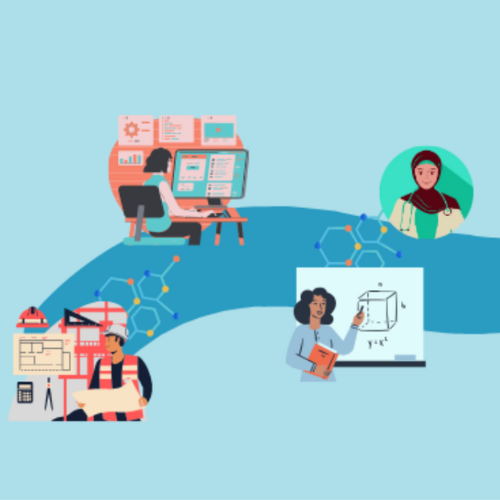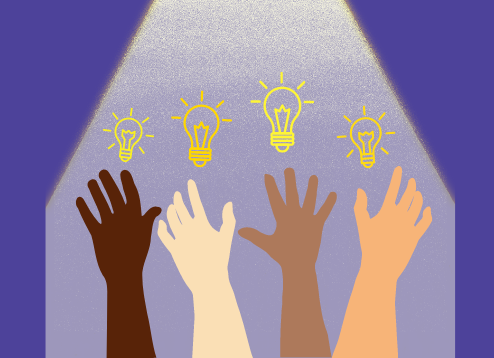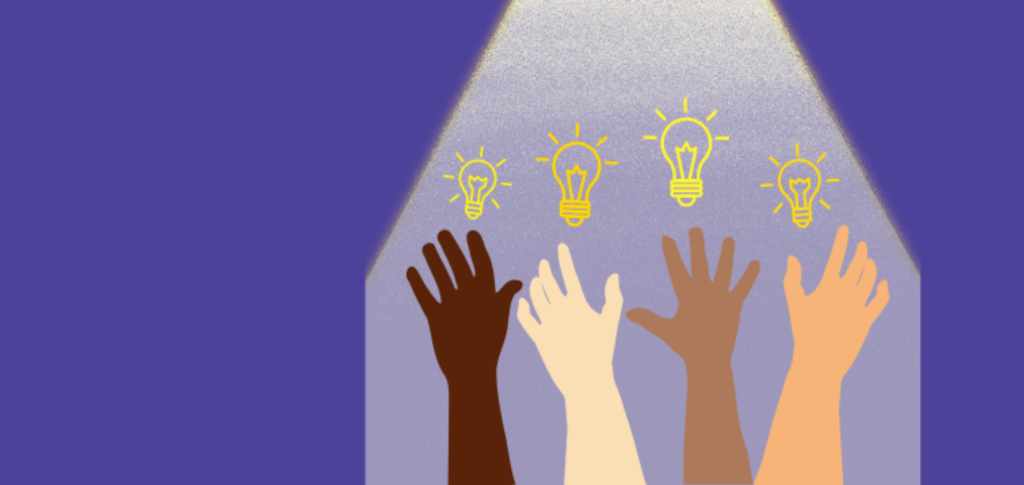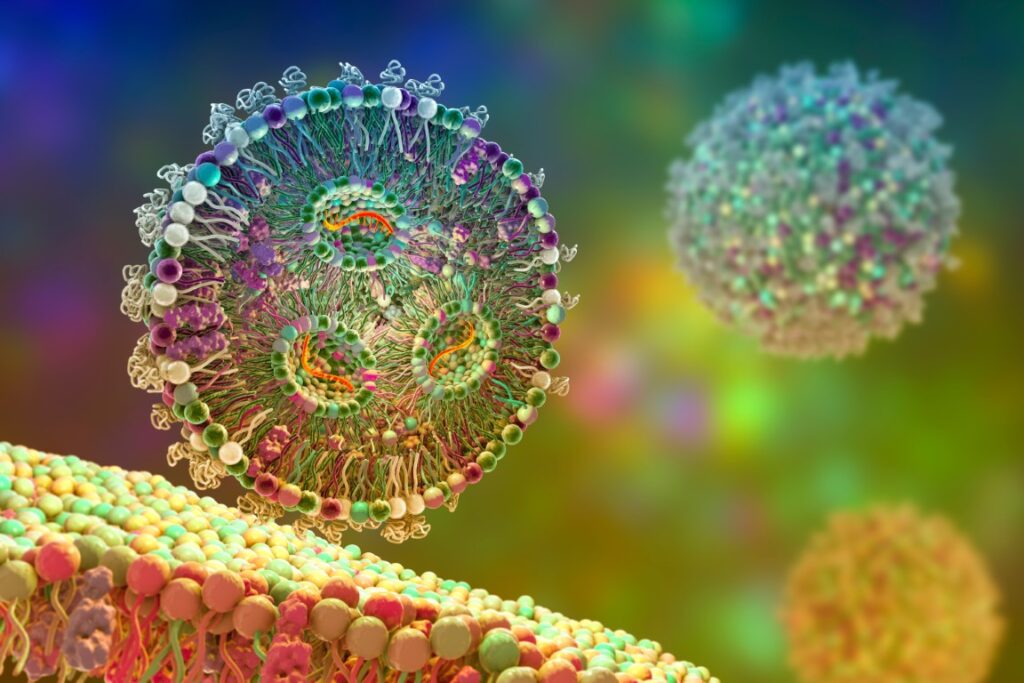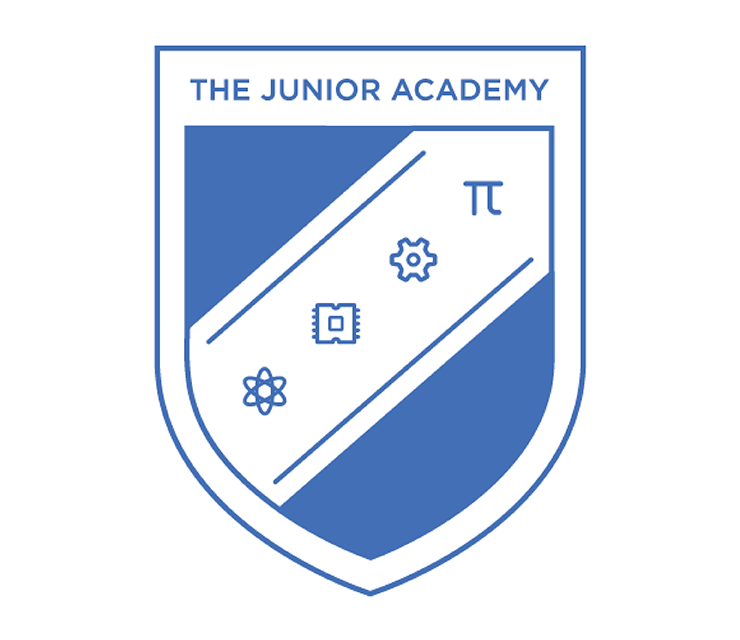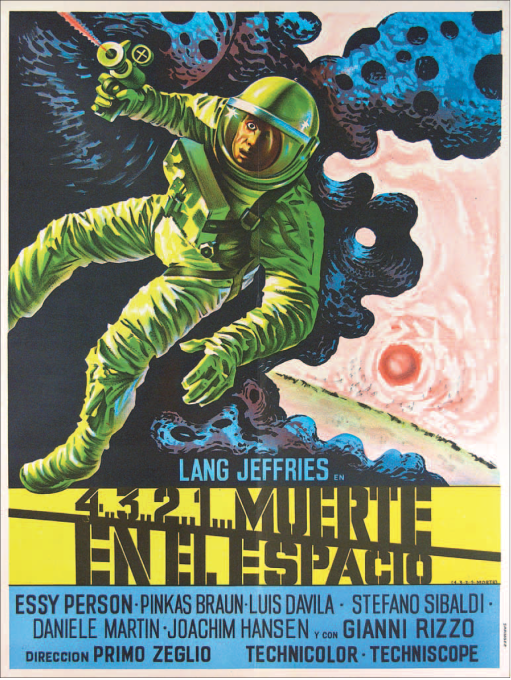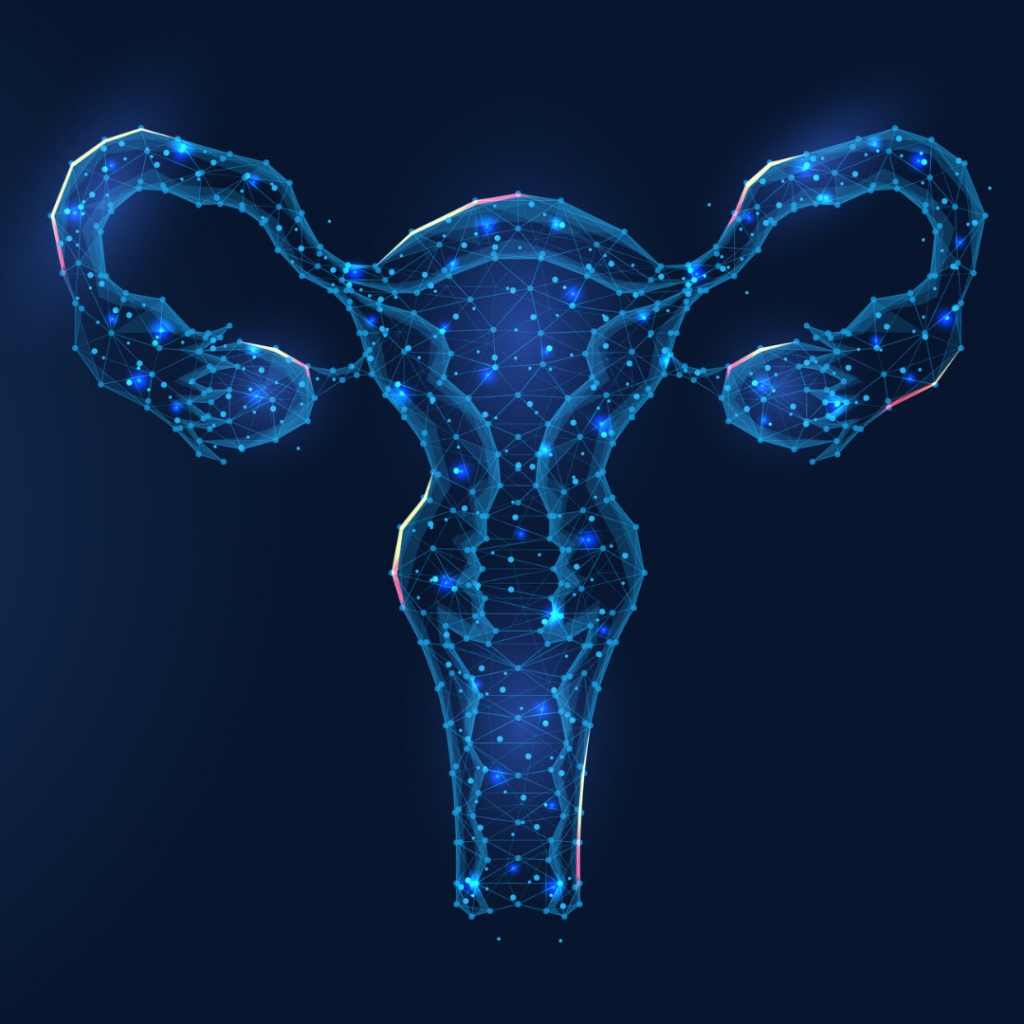
Stacey Missmer, ScD, is a professor of obstetrics and gynecology at the University of Michigan, an adjunct professor of epidemiology at Harvard T.H. Chan School of Public Health, and a lecturer in pediatrics at Harvard Medical School. Prof. Missmer will serve as the keynote speaker for The New York Academy of Sciences’ upcoming event Endometriosis: A Look at Current Practices and Emerging Science.
Published May 9, 2025
By Megan Prescott, PhD
Program Manager for Life Sciences
Register today for Endometriosis: A Look at Current Practices and Emerging Science – June 23, 2025 in New York City.
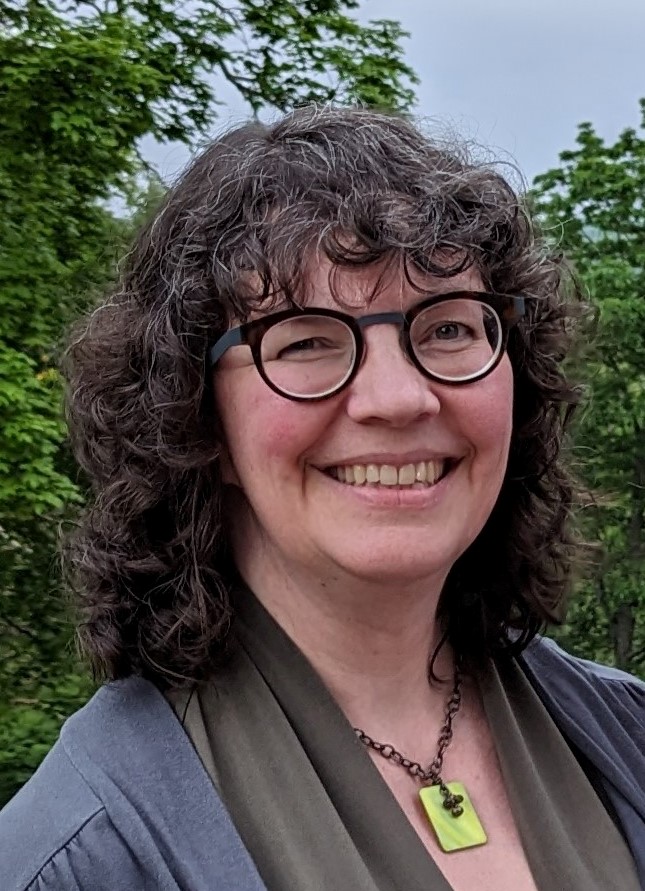
You have been at the forefront of endometriosis research for many years—how has our scientific understanding of the disease evolved, and what are the most exciting discoveries from the past decade?
You’re spot on that there remain really fundamental questions still to answer about endometriosis. However, genuinely we have had a dramatic increase in discoveries in the last decade or so. It’s very different from when I first started researching endometriosis in 1998 when I started my doctoral dissertation. Where we are now from where we were then in many, many different aspects, from knowledge, from attention, from the types of questions that are being explored, it’s very different.
Back then, there had never been a longitudinal study of risk factors for endometriosis at all. With the exception of ovarian cancer, there had never been studies of conditions that are also common in women with endometriosis. There wasn’t a single study then that had focused on adolescents with endometriosis, nor exploring endometriosis in women after menopause. There was no exploration of informative phenotypes or diversity of endometriosis characteristics and presentation patients outside of the ASRM [The American Society for Reproductive Medicine] staging system.
We know now that the visualized endometriosis is not definitively correlated with the symptoms that patients experience. It’s not correlated with their treatment response for standard treatments. However, what is emerging—now that we have genetic discoveries and gene expression pathways and protein pathways and metabolome studies—is that differing presentations of endometriosis, whether it is cysts on the ovary or deep endometriosis or peritoneal lesions, whether it is cyclic pain symptoms, or pain around sexual intercourse or pain related to bowel movements or bladder pain, we know that those are emerging to be associated with different genes, and different protein pathways. It is in this new era of omics discovery that we’re understanding more and more differences among patients with endometriosis that we never even thought about before.
We also now, within the last decade or so, better understand that those with endometriosis have a higher risk of not just ovarian cancer, but also have hallmarks of different conditions related to immune dysregulation and autoimmune conditions, different dermatologic characteristics, different risk of cardiovascular and cerebrovascular conditions, different impacts on mental health, and life goal attainment. The areas that we’re researching and the speed at which we’re making discoveries is very different.
Your work has contributed to identifying genetic, hormonal, and environmental risk factors for endometriosis. What are some of the biggest remaining questions about what causes the disease?
We know for certain that like most—arguably all—complex conditions, there’s not a single cause, but multiple pathways. That is really important to understand. It maybe should have been obvious only in that we know that the experience of people with endometriosis is very diverse.
Some experience infertility: about one-third of those with endometriosis will have difficulty conceiving, but two-thirds don’t. We know that a large portion experienced pelvic pain, but that pelvic pain emerges at different ages. It has different levels of severity and manifests and different types of pain. We know that for what our standards of care are—excision surgery to remove the observed endometriosis lesions, hormone treatments, other pain focused or analgesic treatments, pelvic floor therapy treatments—that the success of those treatments varies from one patient to another.
One of the really exciting things is how can we determine what are the different causal pathways of endometriosis? Can we prevent endometriosis? Can we cure endometriosis based on those pathways? Do we need different diagnostic markers? One of the key things we’re searching for right now is noninvasive diagnostics. Will there be a diagnostic marker that applies to all patients with endometriosis?Or are there nuances? Where must there be differences based on this diversity of the condition?We need novel treatments, and those novel treatments will be outside of the hormonal and the surgical influences. What might those treatments be along immunologic or rheumatologic pathways?What might they be along pain pathways that have been successful in patients with other types of pain other than pelvic pain?The huge leap forward is not ignoring, but embracing that diversity of the endometriosis journey, what endometriosis patients experience, and the underlying biology.
You have led large cohort studies like the Nurses’ Health Study and worked with the World Endometriosis Research Foundation. How have these large-scale data resources helped shift the landscape of endometriosis research?
I am a data scientist by training. My lens and how I think about scientific questions are really driven by who we’re studying, what information we’re capturing about them, and what window in their journey we are capturing and exploring.
I learned from exceptional forward-thinking people in population science [like David Hunter and Susan Hankinson]. I came into that group when no one was thinking about endometriosis and endometriosis discovery.
We now know that it’s quite prevalent in the Nurses’ Health Study. Across the more than 20 years that I’ve been doing research within that group, we learned that a little more than 11% of the participants have been diagnosed with endometriosis, so it’s quite prevalent.
It has been quite impactful having access to these large data sets. In these large data sets—the details of endometriosis, the types of surgical phenotypes, but also the symptoms: pain symptoms, infertility—they’re not routinely recorded and documented. They’re not routinely focused on.
One example where we saw this was in the COVID pandemic. As the new vaccines were being developed, the trials did not ask about women’s menstrual characteristics. They did not ask about pelvic pain. They didn’t ask about female specific or gynecologically focused characteristics at all. Then it emerged that women started reporting on their own that they thought that the vaccinations were having an impact on their menstrual cycle. The population science field really scrambled to try to pull together ad hoc data to explore that answer. Had we intentionally included female specific characteristics in those data collections, we would have had more solid, faster, information.
That’s proving true for the really revolutionary research that’s being done using health systems data and medical record abstraction data, if things like a woman’s pelvic pain experience is not routinely documented in detail that is regimented, then when we go to pull that information from these large scale projects—unlike something like cancerous cardiovascular disease, asthma, for example, things that are regularly documented—we’re always a little bit behind. We’re trying to use data that we’re trying to fit into the questions we want to answer rather than having them readily available. We’re spending a lot of extra time trying to clean up data sets. So really the next revolution for endometriosis, pelvic pain, gynecologic specific conditions across the life course, is to make sure that they are prioritized, that we’re curious about them, and that we’re incorporating them routinely into these large datasets.
Despite being so common, endometriosis is still notoriously underdiagnosed. What advances are being made toward earlier, non-invasive diagnosis? And what still needs to happen?
I’m going to address the ‘notoriously underdiagnosed’ just broadly first. There have been important improvements over the last several years for knowledge of endometriosis and attention to it that really is attributable largely to women in social media and other spaces being brave and bold about sharing their lived experience. It’s been captured by documentarians such as Shannon Cohn and others who tried to shine a spotlight on this. Padma Lakshmi and Lena Dunham were very public about their experiences. That did not exist 20 years ago when I was first starting in this space. I was a teen with life impacting pelvic pain and had never heard the term endometriosis, so huge kudos to those who have been brave and bold and sharing their experiences.
Now, where that then leads to in terms of non-invasive diagnostics is despite improved awareness and attention, we know that still many experience an average of seven years delayed diagnosis. For some it’s upwards of 10 or more years. And there’s a few elements here. One is that we diminish, dismiss, normalize pelvic pain. We also know that only about 50% of those experiencing infertility ever engaged with healthcare around it and only a subset of those can access care.
Being intentionally better about, well, frankly, caring about women’s experiences with pelvic pain, with infertility, with symptoms, and with early age endometriosis matters. In terms of non-invasive diagnostics, there’s exciting things happening in the microarray space, the protein pathway space, the epigenetic space, in saliva, blood menstrual effluence (collections through specially designed tampons or cups)—those are all new and exciting areas.
We know that there is not a one-size-fits-all for patients with endometriosis. They have different biologic profiles. They express different symptoms. Also, we need to understand better the change across someone’s endometriosis journey. If you’re trying to measure things very early when they’re experiencing symptoms, those biomarkers may look different than if you’re measuring them the seven years in when they’re—by current standards—being successfully diagnosed. The [missing] foundational biologic and health systems information is impeding our discovery of noninvasive diagnostics. This is an area of lots of attention and hopefully we’re going to see large breakthroughs in the next few years.
But again, recognizing that it’s unlikely that there’s a one-size-fits-all, and that’s OK as long as we’re embracing those differences and making sure that the best test for the best patient is what’s being developed.
Much of your work emphasizes patient-reported outcomes and lived experiences. How do patient voices influence your research questions, study design, or the interpretation of results?
I love this question because this is everything. Coming from my own lived experience as a teenager who had life impacting pelvic pain and didn’t know what that meant. I really struggled to get treatments that helped and struggled to know what this would mean long term for my health. As an epidemiologist and population scientist, I spend most of my time thinking about—in our studies and in the evidence that I’m looking at to inform my research studies and those of my collaborators—who has been missed? Who are we still leaving out? How might their experience, characteristics, their biologic markers, how might those being included differ from those being excluded?
For example, in the infertility space we know that those who successfully achieve infertility treatments are healthier, wealthier, and have better access to care. How might that matter in ways that what we discover in those clinical settings can’t be applied to everyone? How might it matter that we’re often capturing patients years into their journey with these symptoms and life impacts versus if we’d been able to capture them when they were teenagers or very early in their journey?
I also think a lot about who is included and who is missed and how that is clouding our understanding or limiting it. But I also think a lot about who might be misrepresented. What gets documented routinely for a patient? What is missed in that documentation? What questions are we asking? What questions are we failing to ask? What questions are we asking of some patients and not others? And this really gets informed by listening to patient experiences, the outcomes that they care about.
I think of Andrew Horne, who was a senior clinician scientist at the University of Edinburgh. In 2017 he led a James Lind Alliance initiative that tried to designate and rank the points of discovery and the next key steps of science and clinical discovery as determined by scientists, clinicians, and medical systems professionals. They also looked at what the priorities were from patients experiencing endometriosis and patient advocates and then looked at the differences in those priority lists and tried to reconcile them. We need to always think about both making sure that we’re encouraging excitement and curiosity in this space, but also that we’re always embracing and prioritizing those patient experiences so that they’re informing the questions we’re asking and then how we’re trying to answer them.
What areas of endometriosis research do you think are most promising or in urgent need of attention over the next 5–10 years—from treatment innovations to public health interventions?
First and foremost, we really need to continue to and even more so embrace this diversity of patients—their experiences, their biology, their symptoms. We have to make sure that we’re developing, whether it’s through animal models or in vivo models, and engineering utilities and platforms to maximize our discovery. Improving what elements of the menstrual cycle, menstrual biology of the uterus, the smooth muscle realities, and the surface realities of the uterus and the peritoneal environment, making sure that we’re prioritizing getting those foundational things right. I think we should be dismayed that in 2025 we don’t have those tools about female specific biology, but that’s changing, and we need to embrace the change. That’s what the next 5 to 10 years has to do. We have to continue to and expand upon wooing those who are applying novel, advanced, really exciting new technologies in the more common areas of discovery—in cancer, cardiovascular disease, diabetes rheumatology—woo them to apply those exciting, new technologies and discoveries in the gynecologic health and the female dominant health space that’s starting to happen more and more. But we need interest from those who’ve never thought about gynecology before. We need funding to embrace that someone who’s spent their whole career in rheumatoid arthritis, for example, to be able to get funding and excitement to support an interest in the interface with endometriosis and the immune system realities of those with endometriosis.
We really have to push this need for curiosity about female bodies, female anatomy, female specific biology. There’s so much about the menstrual cycle we still don’t understand. There’s so much about menopause and menopausal transition that we don’t understand, and about menarche and pubertal changes that may be related to risk of endometriosis and how symptoms manifest. We are starting to understand more about the interface of hormones, immunology and pain, but the combination of those is essential. I’m quite optimistic that we will see revolutionary and paradigm shifting discoveries, but they will only happen if we keep people excited about how gynecologic characteristics fits in there. I come back to the COVID example. It’s fascinating. It’s not only something that should have been prioritized and included, but the fact that there can be an interface between vaccination and viral infection and the menstrual cycle is amazing, and everyone should be excited about things like that.
And then the last thing is really delving into models of and discovery around genetic predictors, transcriptomic predictors, protein pathway predictors around the experience of pain—when it is endometriosis specific, or when its related to centralized sensitization and pain—and how and what that means in the endometriosis journey. But also what that means for novel treatments and meeting patients where they are both in terms of their needs for relief and benefit. And also in their biology, shifting across time. There are so many questions to answer and the technologies are available, it’s just getting the collaboration, the attention, the foundational funding to keep moving forward.
Register today for Endometriosis: A Look at Current Practices and Emerging Science – June 23, 2025 in New York City.

